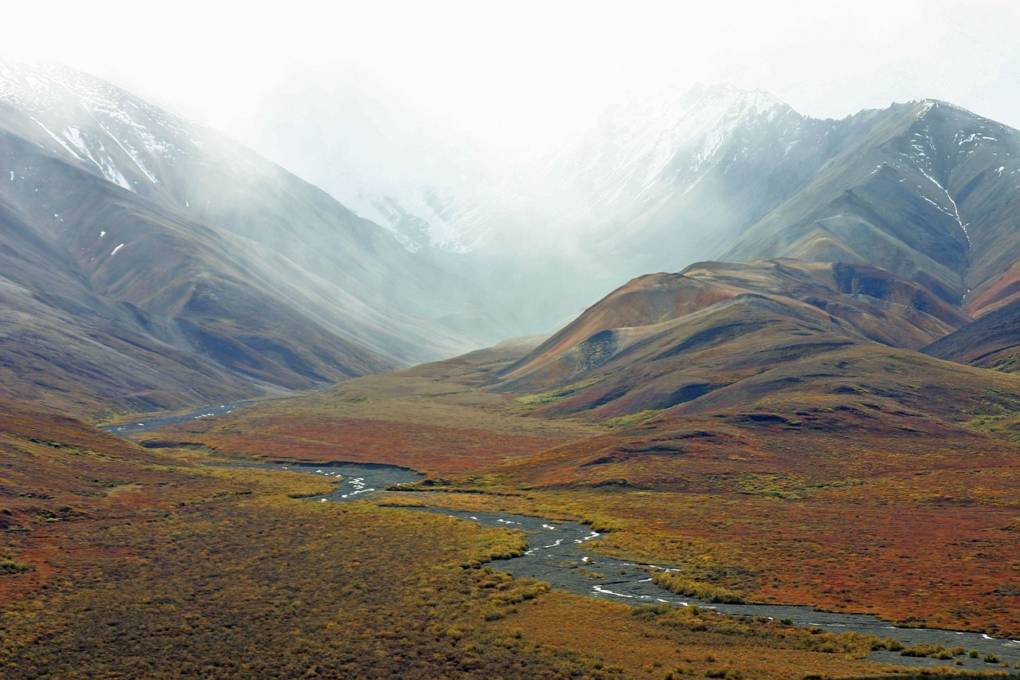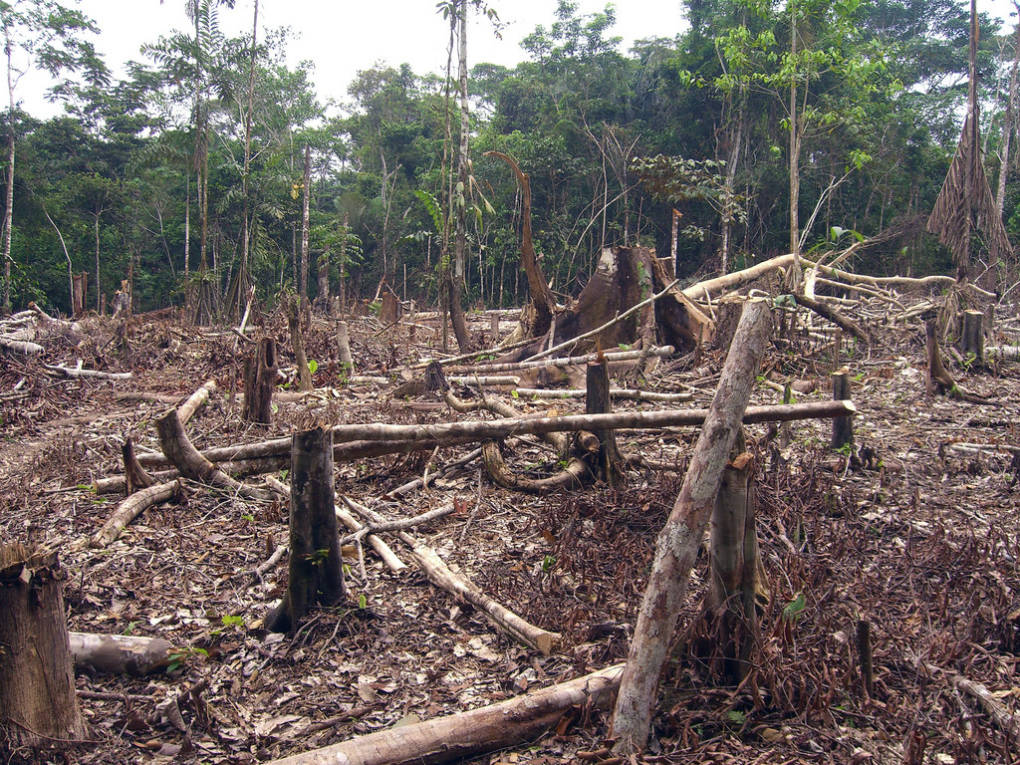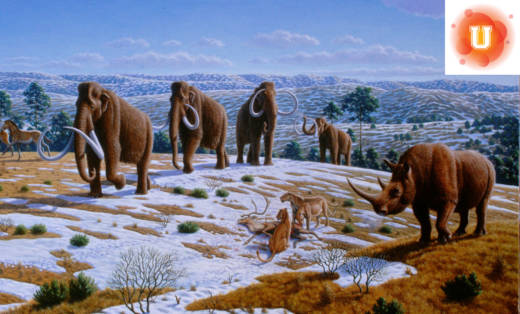Update: Our award-winning video series Above the Noise took a fresh look at the pros and cons of vegetarianism. Students can watch the video to get a primer on the facts then write their own responses on KQED Learn.
This post is part of KQED’s Do Now U project. Do Now U is a biweekly activity for students and the public to engage and respond to current issues using social media. Do Now U aims to build civic engagement and digital literacy for learners of all ages. This post was written by Justine Stewart, Ryan Kirchner, Justin Marquez and Jenna Molesko, students in Melanie Lenahan’s General Biology class at Raritan Valley Community College.
Featured Media Resource
VIDEO: NBC News
Scientist Tries To Bring The Woolly Mammoth Back From The Dead
A Harvard scientist discusses the possibility of reviving extinct species, and the impacts that could have on our planet and on science as we know it.
Do Now U
Should we bring back extinct species? #DoNowURevive
How to Do Now
To respond to the Do Now U, you can comment below or post your response on Twitter. Just be sure to include #DoNowURevive and @KQEDedspace in your posts.
Learn More About De-Extinction
For many Jurassic Park fanatics, seeing dinosaurs roam the Earth again would be a dream come true. But what if modern science could make that dream a reality? While dinosaur resurrection may not be in our immediate future, scientists are currently exploring the revival of more recently extinct species. There are a few different methods being investigated for “de-extinction,” but all pose the same questions: Is it worth the time and the money to bring extinct species back? Is it our moral obligation to bring back extinct species that have died off as a result of human activities like deforestation? What would be the implications?
 [/media-credit]
[/media-credit]Supporters of de-extinction say that it could improve the environment. Scientist Sergey Zimov believes that by splicing woolly mammoth DNA into a close relative of the species, we could create a hybrid creature similar to the woolly mammoth to reintroduce to the tundra. This could repopulate the area, encouraging the revival of ancient grasslands, which could slow the rate of melting permafrost and, therefore, reduce carbon emissions. This process, theoretically, could slow the process of global warming. The same technology used for de-extinction–inserting DNA of living species into the DNA of close genetic relatives–could be used to help populate species that are currently endangered, or to diversify the gene pool of species with little genetic variation, leaving populations less susceptible to viruses, bacterial infections and disease. Proponents of reviving species also say that being able to observe living, breathing organisms that roamed the Earth in ancient times could provide scientific insight into Earth’s past. By researching the way these animals are structured and how they function, we could make inferences about the ecosystems they thrived in and the conditions that drove them to extinction, maybe even filling in some of the gaps in evolutionary theory.
 [/media-credit]
[/media-credit]Opponents of bringing back extinct species think that it may make people less concerned about future environmental destruction. Human activities like deforestation continue to cause extreme ecosystem fragmentation and obliteration. Many species have gone extinct as a result a rapidly changing environments and destruction of very delicate ecosystems. If we develop a way to bring back extinct species, people may not be as worried because even if a species dies out, we could always bring them back. However, if a species that went extinct due to habitat destruction was revived, there wouldn’t be natural habitat in which they could live. The animals may have to be taken care of in protected lands. Lastly, we don’t know the environmental impacts of bringing back extinct species. Would they be invasive? If there weren’t predators for this species, it could become overpopulated. Alternatively, it could become a “new” predator and wipe out other species. Just because an extinct species once had a niche in the world, doesn’t mean it does today.
